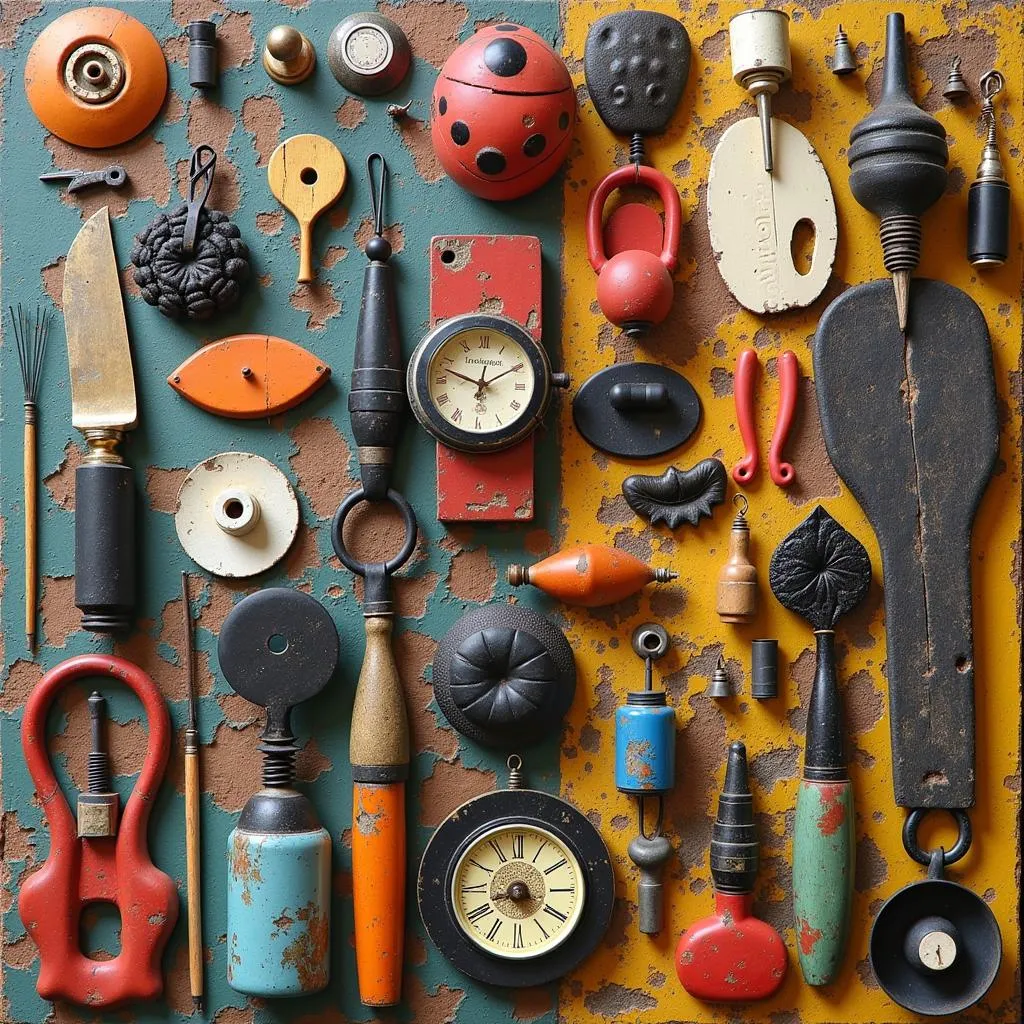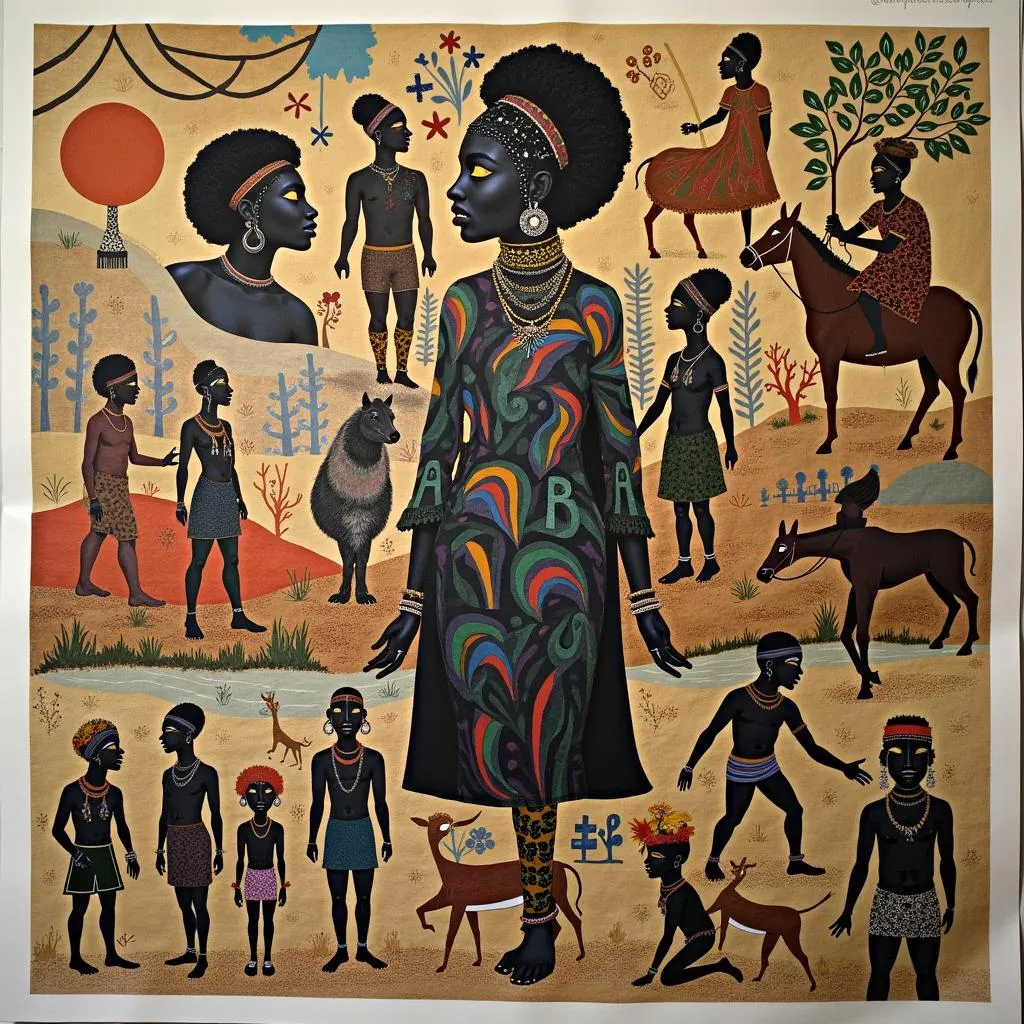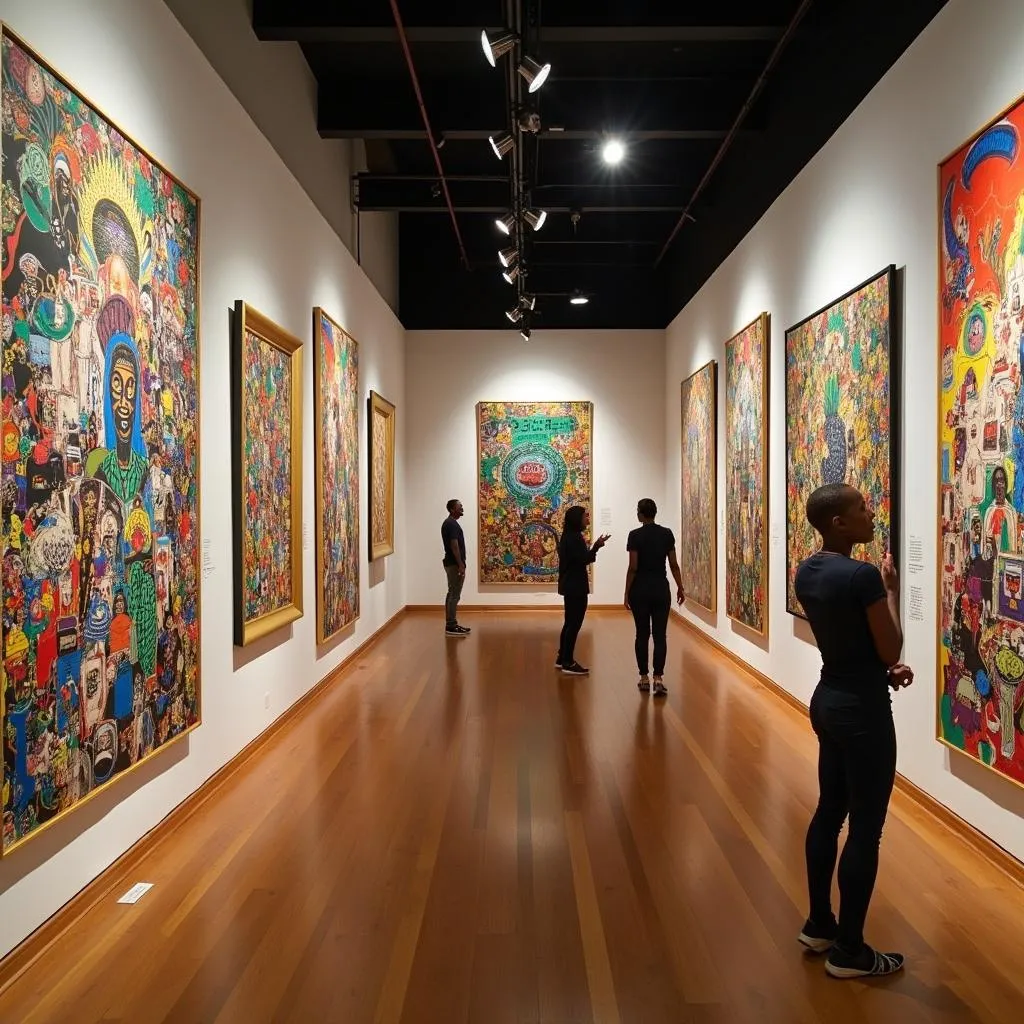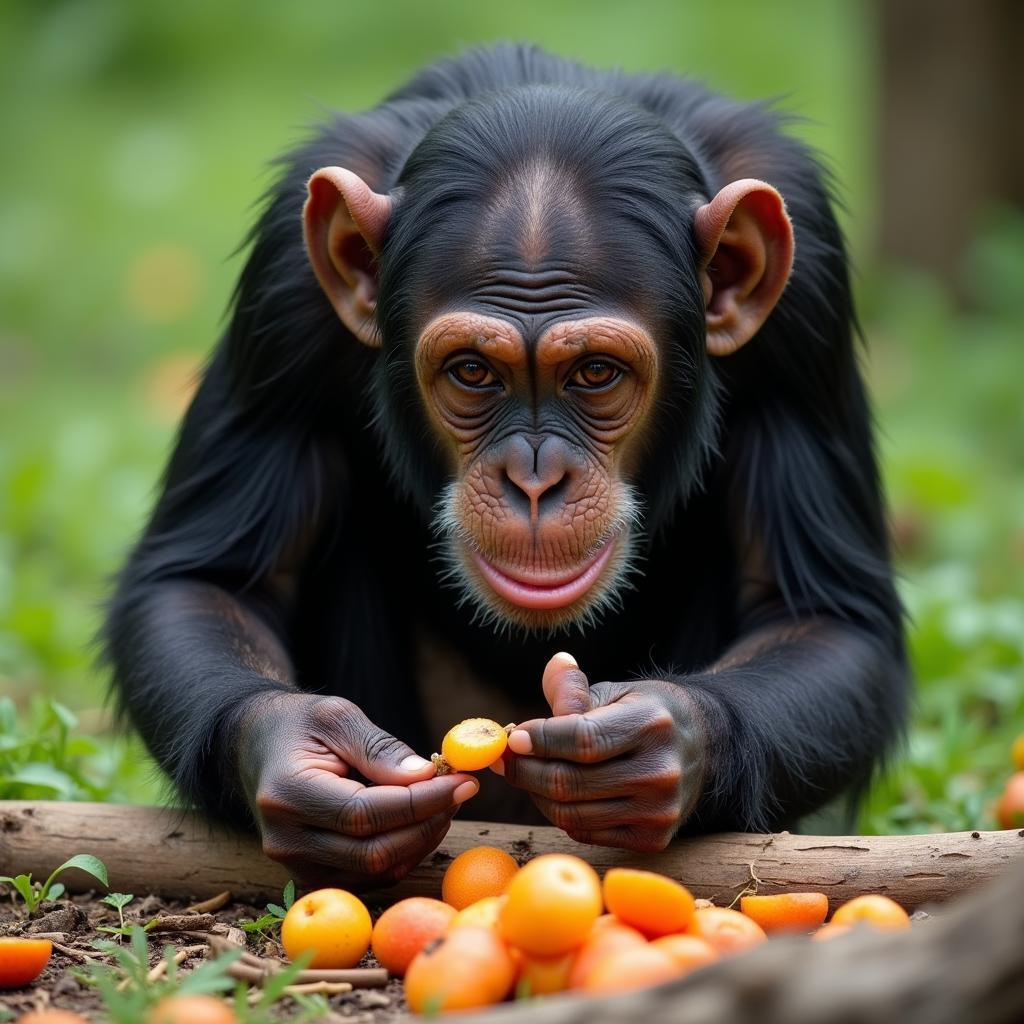African Collage Art: A Vibrant Tapestry of History, Culture, and Identity
African Collage Art is a captivating genre that reflects the rich tapestry of African history, culture, and identity. It’s a vibrant and dynamic art form that uses a variety of materials, techniques, and themes to express the complexities of African Life. This article delves into the world of African collage art, exploring its origins, key characteristics, prominent artists, and its significance as a cultural expression.
The Origins of African Collage Art
African collage art has its roots in the diverse artistic traditions of the continent, dating back centuries. Throughout history, African artists have incorporated mixed media and found objects into their art, showcasing a remarkable ability to transform everyday materials into powerful artistic statements.
The advent of modern collage art in Africa, as we know it today, emerged in the 20th century. It was heavily influenced by the global art movements of the time, particularly Cubism and Surrealism, which explored the fragmentation and reassembly of images. African artists embraced these techniques, adapting them to their own unique cultural contexts.
Key Characteristics of African Collage Art
African collage art is characterized by its vibrant use of color, textures, and patterns, which reflect the continent’s diverse cultural heritage. Some key characteristics include:
- Bold and Vibrant Colors: African artists often use a vibrant palette, drawing inspiration from the continent’s natural landscapes, traditional fabrics, and cultural practices.
- Textural Collage: They incorporate a wide range of materials, including fabric scraps, paper, beads, shells, metal, and natural elements, creating a tactile and multi-dimensional experience.
- Symbolic Imagery: Collage art often employs symbolic imagery drawn from African mythology, folklore, and history, conveying a deep understanding of cultural values and beliefs.
- Social Commentary: Many African collage artists use their work as a platform to address social and political issues, highlighting contemporary challenges and celebrating cultural resilience.
Prominent African Collage Artists
Africa boasts a rich tapestry of talented collage artists. Here are some notable figures whose work exemplifies the diversity and dynamism of the genre:
- El Anatsui (Ghana): Known for his large-scale tapestries made from recycled materials, El Anatsui uses discarded bottle caps to create stunning visual narratives about wealth, consumption, and African history.
- Chéri Samba (Democratic Republic of Congo): Samba’s vibrant collages address social and political issues with a sense of humor and irony. His work often features bold text and imagery that engage the viewer on a personal and critical level.
- Romuald Hazoumé (Benin): Hazoumé’s works are characterized by their use of found objects, particularly masks and dolls, to explore themes of identity, colonialism, and the impact of globalization on African societies.
The Significance of African Collage Art
African collage art is more than just a beautiful and engaging art form. It holds significant cultural value, serving as a powerful means of:
- Preserving Cultural Heritage: Collage art is a platform for preserving and celebrating African cultural traditions, stories, and beliefs.
- Expressing Identity: It allows artists to explore and affirm their own identity within a globalized world, navigating the complexities of tradition and modernity.
- Promoting Social Change: Many artists use collage art to raise awareness about social injustices, advocate for human rights, and inspire action on issues that affect African communities.
African Collage Art: A Window into the Soul of Africa
African collage art is a vibrant testament to the creative spirit and cultural richness of the continent. It offers a unique window into the soul of Africa, revealing a captivating blend of history, tradition, and contemporary concerns. The use of mixed media, symbolic imagery, and bold aesthetics creates a powerful and visually engaging experience that celebrates the diversity and resilience of the African people.
Frequently Asked Questions (FAQ)
1. What are some common materials used in African collage art?
African collage artists use a wide range of materials, including fabric scraps, paper, beads, shells, metal, natural elements, and recycled materials.
2. What are the major themes explored in African collage art?
African collage art often explores themes of cultural identity, history, social commentary, and contemporary issues affecting African communities.
3. How does African collage art reflect the continent’s diversity?
African collage art reflects the continent’s diversity through its vibrant use of color, textures, and patterns, drawing inspiration from various cultural traditions and artistic styles.
4. Where can I find examples of African collage art?
You can find examples of African collage art in museums, galleries, online platforms, and cultural institutions worldwide.
5. What are some of the challenges faced by African collage artists?
African collage artists face challenges such as limited access to resources, funding, and international exposure. However, there’s a growing appreciation for their work, paving the way for greater recognition and opportunities.
6. How can I learn more about African collage art?
You can learn more by visiting online resources, attending exhibitions, and exploring books and articles dedicated to African art.
7. Is African collage art gaining popularity?
Yes, African collage art is gaining popularity globally, with increasing recognition for its unique aesthetic, cultural significance, and powerful social commentary.
 A diverse range of materials used in a vibrant African collage art piece.
A diverse range of materials used in a vibrant African collage art piece.
 Symbolic imagery in a contemporary African collage artwork.
Symbolic imagery in a contemporary African collage artwork.
 A bustling exhibition showcasing contemporary African collage art.
A bustling exhibition showcasing contemporary African collage art.
African collage art is a powerful expression of the African spirit, celebrating the continent’s rich history, cultural heritage, and artistic ingenuity. It’s a genre that continues to evolve, reflecting the changing realities of Africa and engaging audiences worldwide with its vibrant aesthetic, meaningful narratives, and captivating stories.

